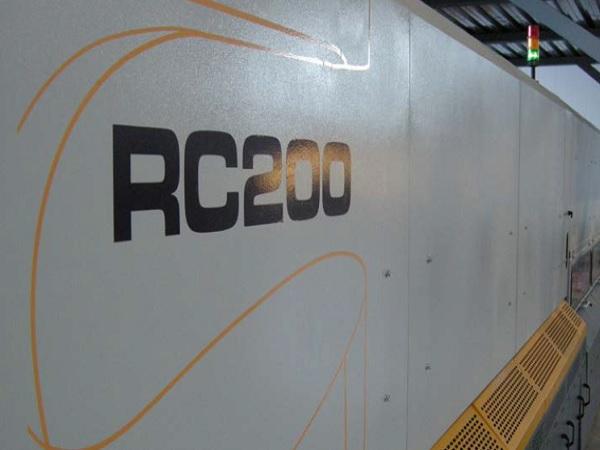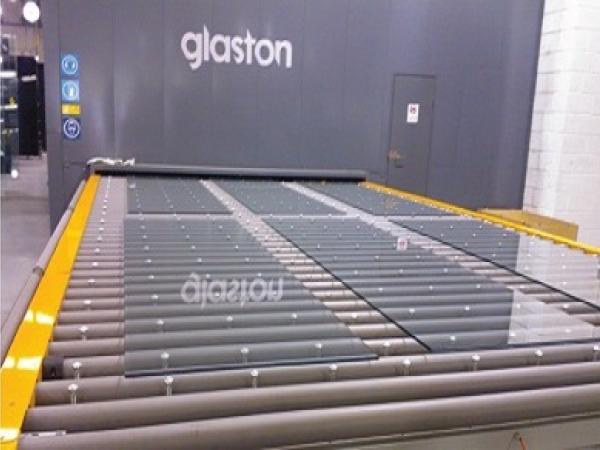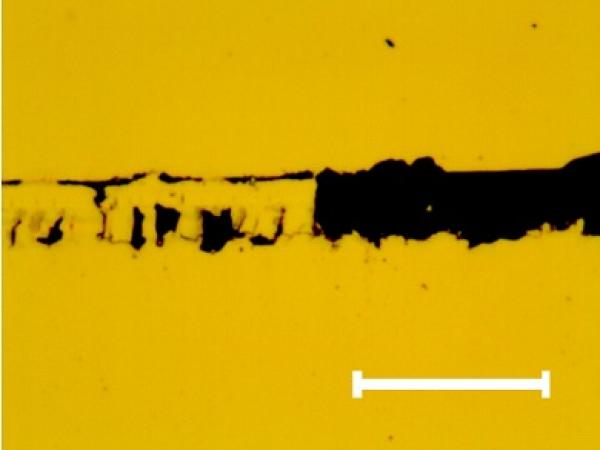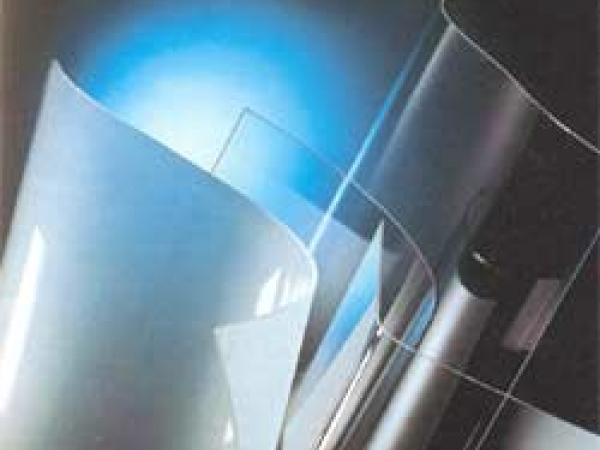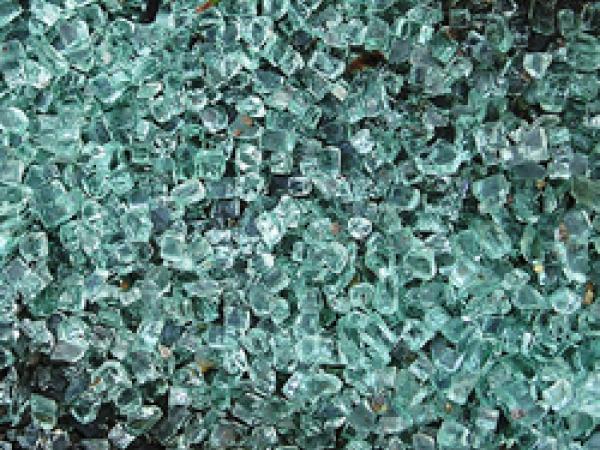Others also read
| The fragment count in the standardized fragmentation test in the standard EN 12150-1 is the way to define the safety level of tempered glass and a way to also get an indication about the stress and strength level of the tempered glass.
| A couple of years ago all started with the first measurement of anisotropies and edge stress as well as the detection of White Haze and other glass imperfections right after the furnace.
| The author proposes a simple surface quality test using a standard window cleaning scraper and common smartphone or shop microscope.
| This blog post was written based on an interview with M.Sc. (Chem.) Santtu Jolkkonen, Sparklike's Service and Maintenance Manager, who has been working as technical support specialist for Sparklike over a decade.
| Learn about the first step we take in maintaining tempered glass quality standards.
What do power consumption, installed power and installed capacity of a glass tempering furnace mean?
| Power consumption of the glass tempering furnace refers to the amount of electric energy consumed in the process of tempering certain quantity of glass. The measuring unit commonly used is the kilowatt hour (KWh).
| We’ll help you meet the spec with our knowledge of the glass tempering process.
| Keeping impurities away from the glass is imperative in the glass tempering process. These impurities can cause damage resulting in a product that doesn’t live up to aesthetic standards, won’t meet a client specification or is completely unusable.
| In August 2013, the LiSEC development team started a major project with the mission: redesign of the tempering furnaces in order to save manufacturing costs and at the same time increase the process reliability. Result: the AEROFLAT.
| “Thank you for all the services your company has provided for us. We really appreciate all, the great installation and startup of the RC200™. We are very happy with the outcome of our new furnace.”
| For the past five years, Nile Aluminium & Metals Company, or AluNile, has had very positive experiences with Glaston's first FC500™ tempering furnace sold outside Finland.
| After 10 years of experience with the Glaston HTF 2142 furnace, Paul Buckley, Managing Director of the PJB Glass Group, decided to complement his flat glass production offering by investing in a Glaston RC200™ furnace.
| Sanshiba Shozai of Japan chose to be the first glass processor in the world to invest in Glaston’s latest GlastonInsight™,the intelligent online assistance system, at the same time as it ordered the Glaston RC350™ tempering furnace.
| In the last few years, the production of insulating glazing units (IGU) evolved to develop composi-tions to obtain high thermal insulation performance: double glazing filled with Argon/Kripton gas, low-emission glazing, warm-edge spacers and triple glazing.
| Contact angle measurements using method based on B-spline snakes (active contours) were applied to investigate surface wettability properties of commercial soda-lime-silica float glass subjected to various surface preparation methods.
| Breakage patterns, residual stress, and fractured surfaces on tempered glasses are investigated to find the correlation among glass thickness, tempered level, and the number of fragments, particularly when the glass thickness is less than 4 mm.
| Last week Safety Glass Experts signed a service contract with Romanian safety glass producer Gerom S.A. Buzau.
| Advantages of the use of Radio Wave energy in the forming of glass and of tempering thin glass of less than 3.00mm. Some of the inherent problems in the conventional thermal tempering of thin glass are also presented.
| Forehearth operation is simple – you just set the temperatures you need on the zone controllers and away you go. In fact, it is so easy that the production department can attend to it alongside their real job of running the machine.
| While glass manufacturers have little control over raw material costs or finished product orders, process control is one area where even minor improvements can trim production costs, improve product quality, and ultimately increase profits.
| During the past 15 years tempering of bent glass has mainly changed to horizontal methods.
| When new installations of flat tempering machines suited for architectural glass are discussed today, the option of convection technology is certain to be raised.
| Typical problems occurring during the heating process Heating is the most typical stage of glass tempering; a lot depend on this stage to bring out the product of high standard. Quality of tempered glass is very much influenced by
| The oscillating horizontal tempering furnace developed in the 1970s has been one of the most significant innovations of recent decades, above all commercially.






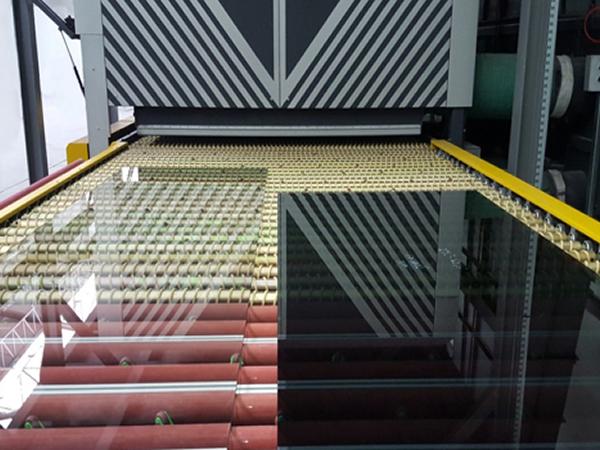
![Tempered Glass Specifications [Video & Transcript] Tempered Glass Specifications [Video & Transcript]](/sites/default/files/styles/6/public/articles/2017/HHH-Tempering.jpg?itok=P7frNEF5)




